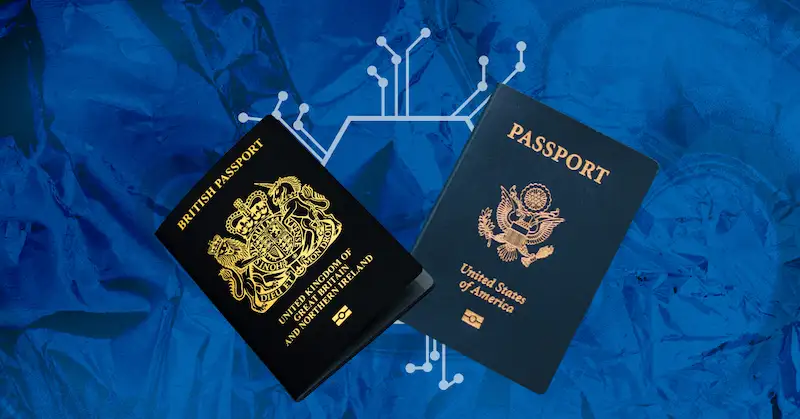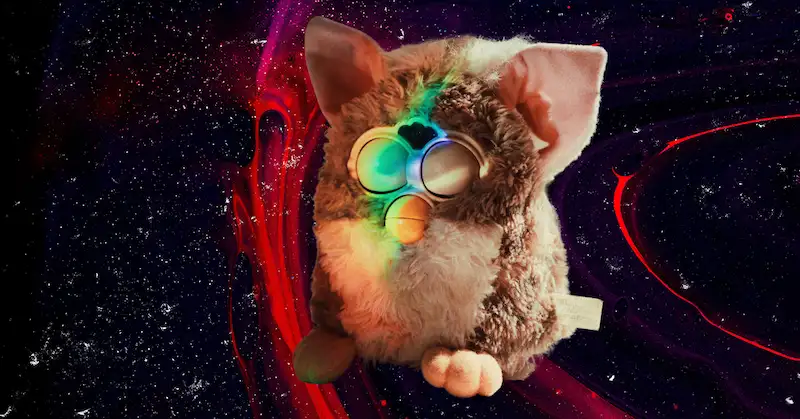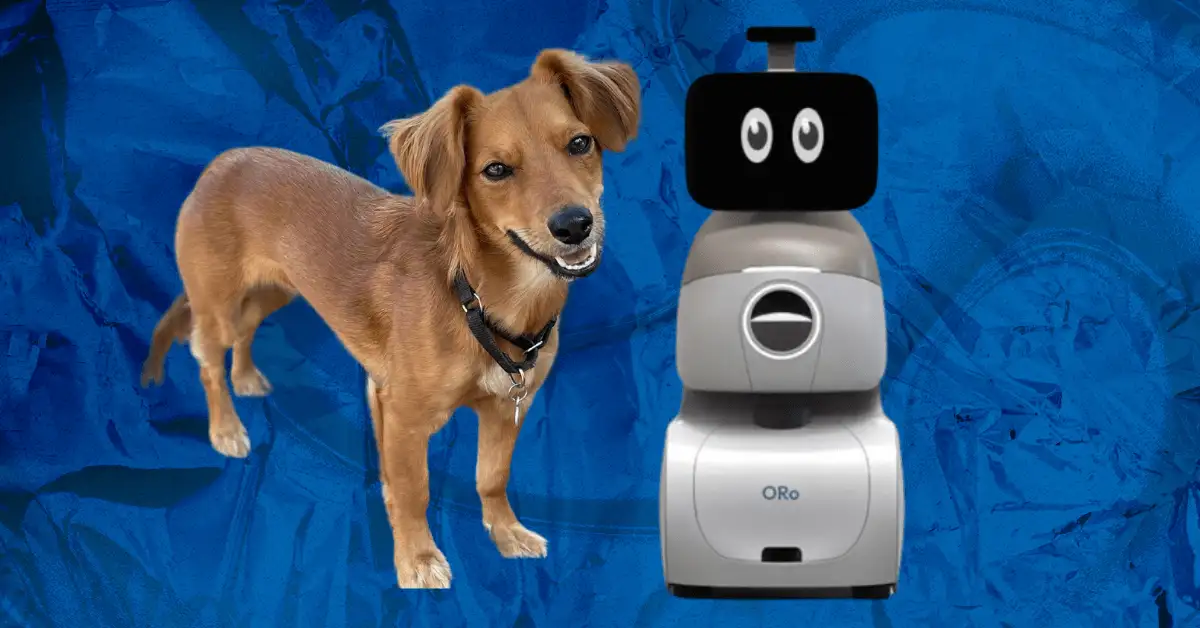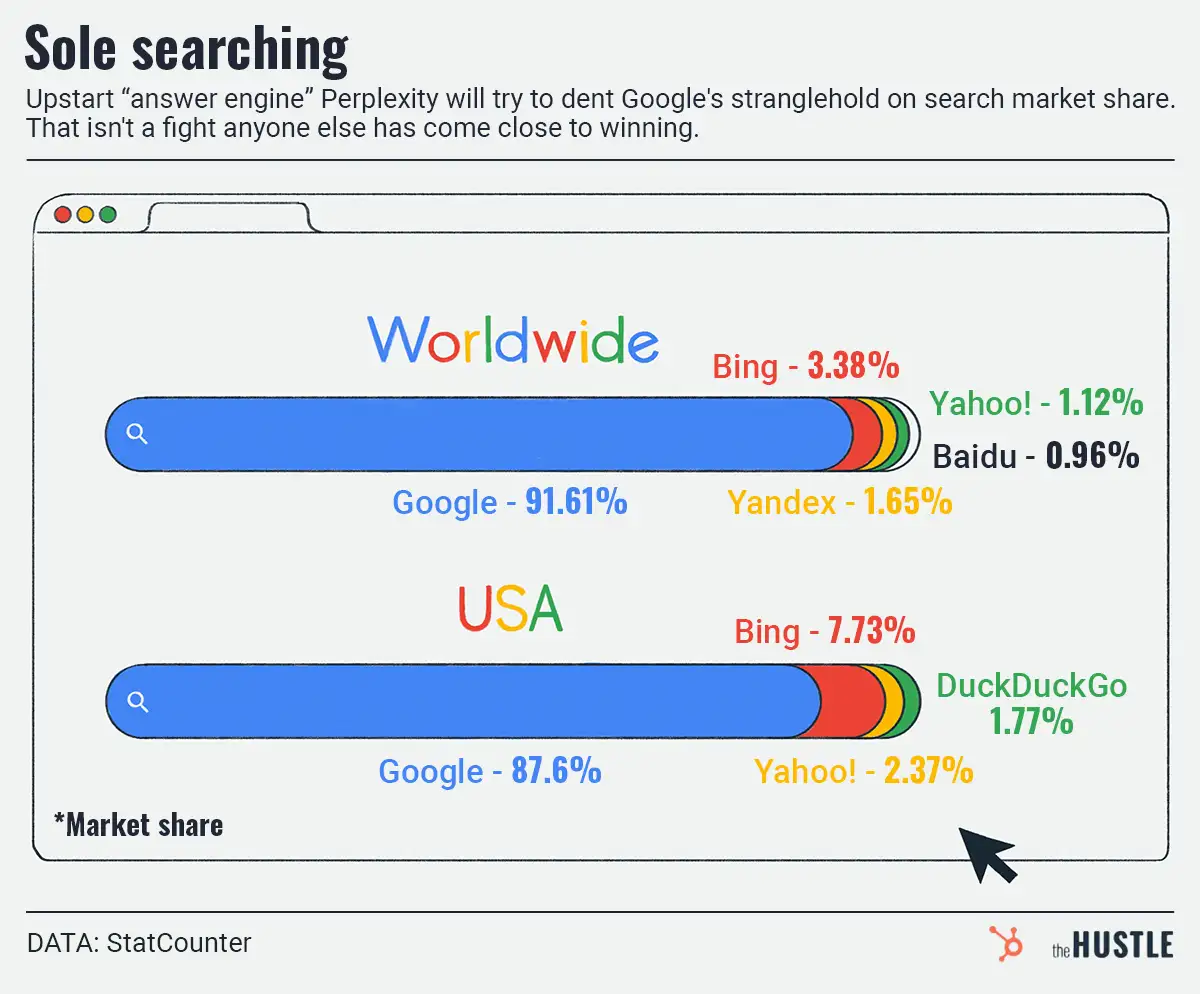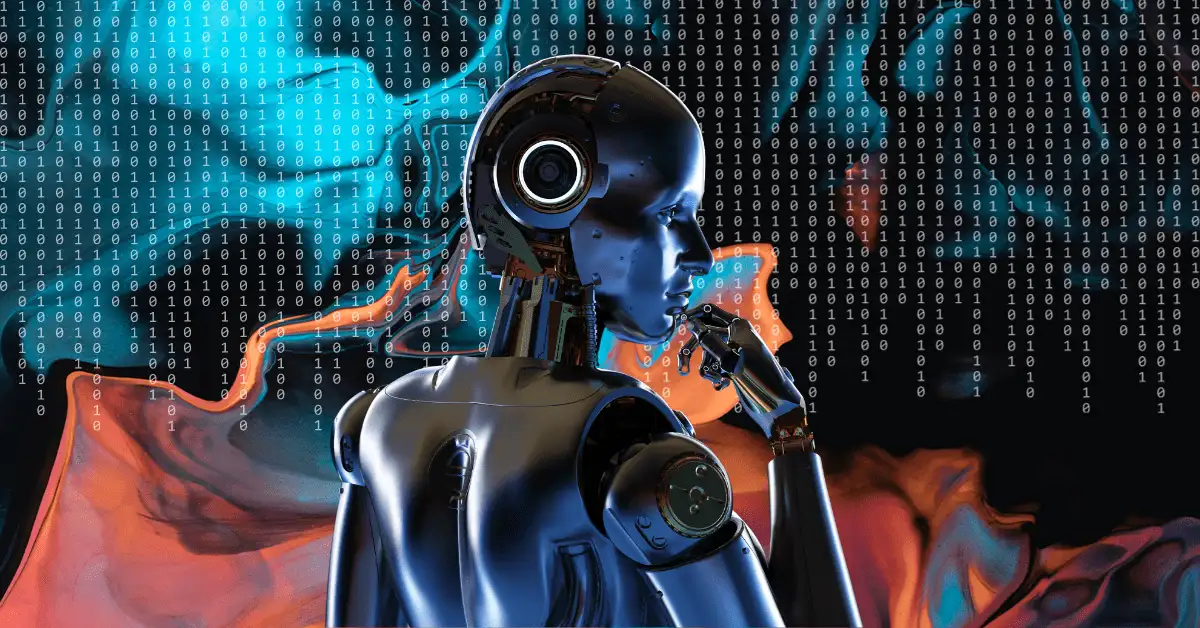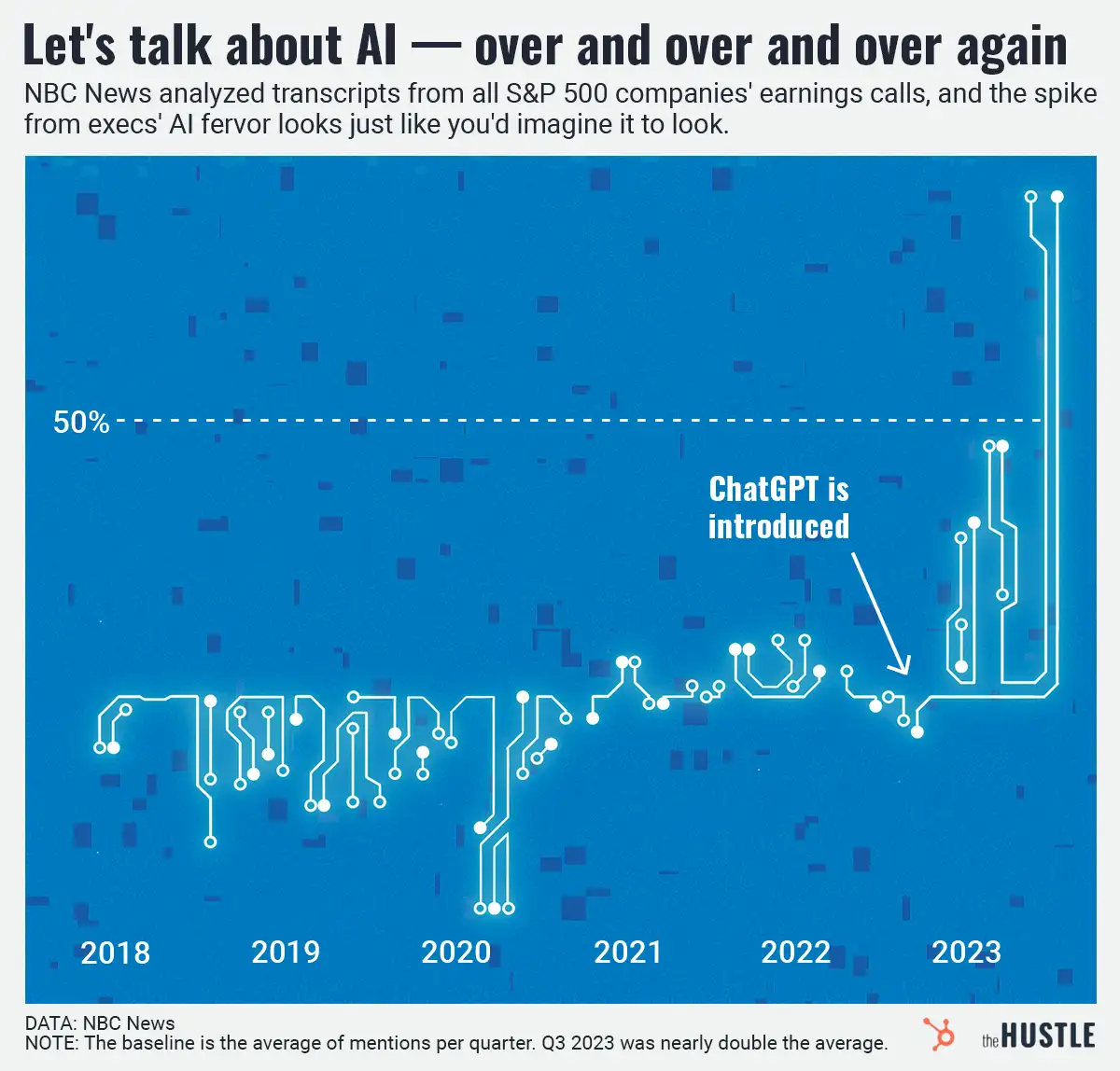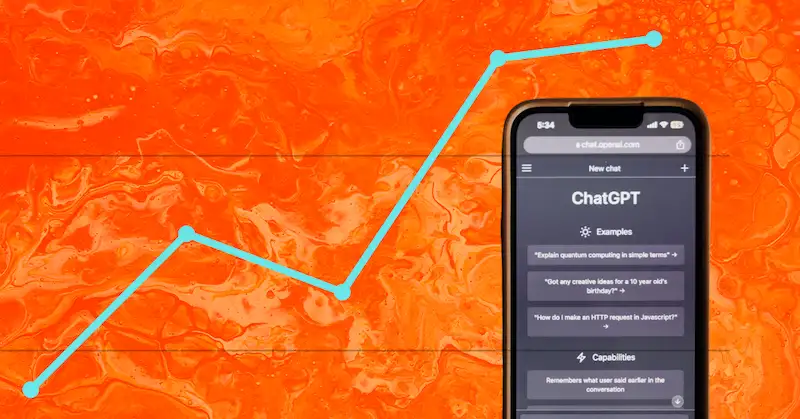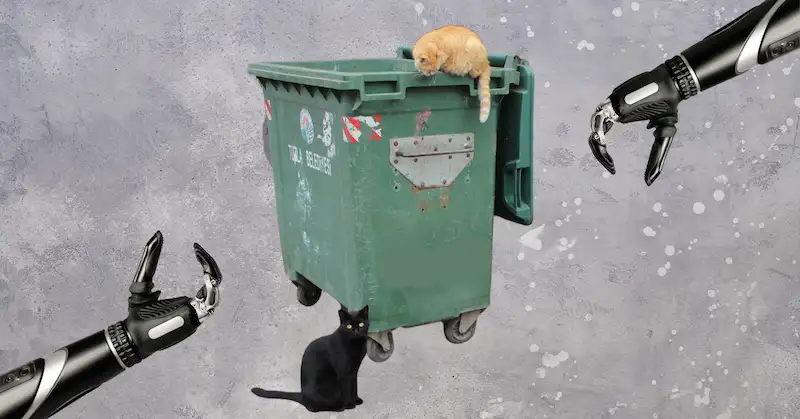Artificial intelligence (AI) and machine learning are also used interchangeably, but the two computer science terms are different.
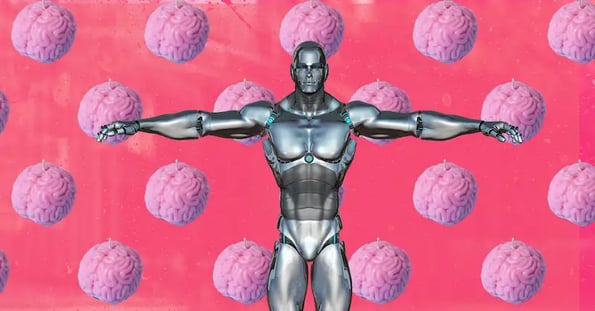
AI is when a machine can perform a task that would have once required human intelligence. Machine learning is a subfield of AI.
- Got it? No? Let a computer scientist explain it all to you like an eight-year-old.
The term…
… was coined by computer scientist Arthur Samuel in the 1950s as “the field of study that gives computers the ability to learn without explicitly being programmed.”
This is done by feeding machines a bunch of data, which they use to identify patterns and make predictions or suggestions.
By feeding a computer several checkers games, Samuel taught it to play well enough to defeat a human champ.
Other examples include:
- Netflix and YouTube recommendations
- Email spam filters
- Predictive text
Accuracy increases over time, and the better the data, the better the outcome.
A few methods include…
… supervised machine learning, in which machines get labeled data (e.g., pictures of cats and dogs, labeled by humans, to teach a computer to identify dogs).
Unsupervised machine learning is when machines identify patterns from unlabeled data. For example, if given unlabeled customer data, a system could cluster customers into segments based on their behavior.
Reinforcement trains models by telling them when they’ve made the correct choice. This is how you’d get a computer to excel at checkers, but it’s also how smart vacuums navigate your home.
Are there any issues with machine learning?
Machines can sort through massive amounts of data faster than we ever could, but:
- They can perform in unintended or unexpected ways, rendering them useless or harmful. See this post from AI researcher Janelle Shane about how AI cheating detectors are often wrong.
- Because they’re trained by humans, they can also carry human biases.
For more: Check out this cool visual explainer.

